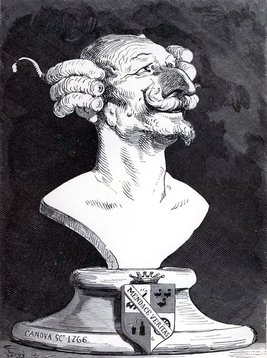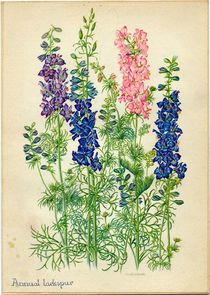|
When delving into the initial phase of creating characters for a story, I never know what doors will be opened or what paths I will travel. Some discoveries are used for the current project while others are saved for a future story. Such is the case for how I became acquainted with a certain fictional German nobleman from the 1700's named Baron Munchausen.
Baron Munchausen by Gustave Dore Creating MonaMona Thomas was a delicious character for me to write. Her mental pathology of manipulation and sinister intent fell right in my wheelhouse. But how did she come into being? And how did Munchausen Syndrome become part of her character? Every major character needs a flaw that will ultimately be the source of her defeat. Mona's flaw was her inability to cope with the void left by the death of her twin sister while they were still in the womb. I likened her phantom twin to that of an amputee's phantom limb. Mona could feel her sister beside her, but she couldn't touch her. She couldn't scratch that itch. Next, I had to decide how Mona's flaw would impact her behavior. She would crave a connection with someone. She would become incredibly possessive of any person to whom she feels a kindred connection. She would infuse all of her emotions toward her dead twin sister into the substitute. She would do everything in her power to assure the substitute's undivided attention. As a child, these behaviors manifested in Mona by making herself sick in order to gain the undivided sympathy and attention from others, mostly her mother Betty. But that connection was lost once Mona became an adult. So how would Mona obtain that kindred spirit in her adult life? What better way than to have her give birth to twin girls? Raven and Gwen are born and Mona immediately latches on to Gwen as the embodiment of her phantom twin. She pours all of her affection into Gwen and enjoys a few years of reprieve, until the girls are old enough to enter school. Suddenly, Mona's relationship with Gwen is threatened. What can Mona do to keep Gwen close at home and ensure their connection remains? Enter MunchausenAt this point, I realized Mona would have to rely on the resources around her to solve her problem. Her mother Betty was an avid gardener (another recurring theme), and Mona grew up learning about the benefits of certain plants, both ornamental and medicinal. I began researching poisonous plants and their effects on human organ systems, as well as how the symptoms would present to a physician. I stumbled upon cases of Munchausen by proxy while researching cases of children's poisoning. I found the answer. All the pieces fit perfectly. It was as if Mona had been whispering clues in my ear all along. Once I realized Mona's diagnosis, it didn't take much work to go back and make sure everything I had written about her childhood aligned with Munchausen Syndrome. Going forward, I found it effortless to include the symptoms of Munchausen by Proxy into the relationship between Mona and Gwen. Mona's mental pathology eventually causes the death of her kindred spirit, her beloved Gwen. Mona's flaw defeats her in the end. She is left alone in the church, abandoned by her only daughter and left with no meaningful human connections. A satisfying ending for such a deliciously vile character. You may have heard writers say that characters write themselves, and I tell you it is true. Mona wrote herself. She made her own decisions. She was in control the entire time and she has no one to blame but herself. She is a character I love to hate, (and I admit that I miss her sometimes) but I am forever grateful to her for the timely introduction to Baron Munchausen. In my next post, I will continue to explore the themes of Mother's Nature: Twins.
1 Comment
|
About meI write novels and poetry and this blog. Categories
All
Archives
January 2022
|




 RSS Feed
RSS Feed
